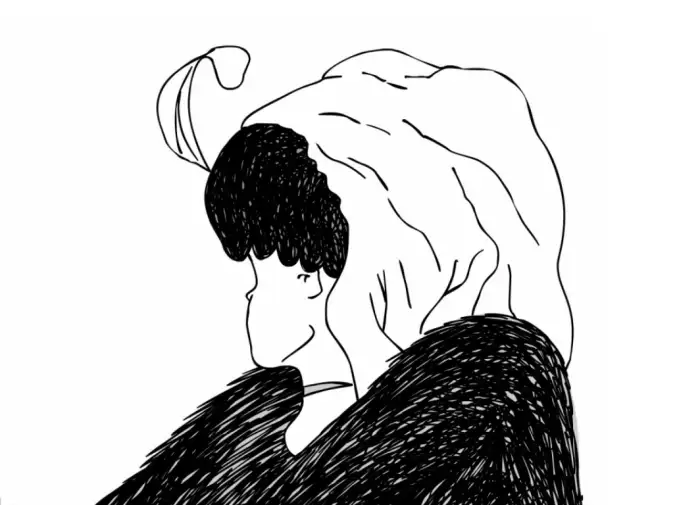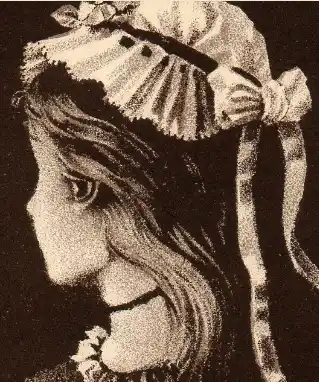The optical illusion “My Wife and My Mother-in-Law” has become a staple of visual puzzles, widely recognized around the world for its clever trick on the eyes. At first glance, the image presents two very different figures: a young woman turning away from the viewer and the profile of an older woman staring solemnly to the left. What’s truly fascinating is that you can only see one face at a time, and which one you see first might reveal something about your age.

The trick lies in the way the two faces are constructed: the young woman’s chin serves as the older woman’s nose, while the older woman’s chin doubles as the young woman’s chest. This dual imagery makes the illusion both intriguing and perplexing. But why do some people see one woman while others see the other?
A study conducted in 2018 by two Australian psychology professors might shed some light on this visual mystery. According to their research, the answer has a lot to do with your age. The study revealed that younger participants were more likely to see the young woman first, while older participants tended to spot the older woman immediately.

The study, which involved 393 participants ranging from 18 to 68 years old, showed the optical illusion for just half a second and then asked participants to identify the age and gender of the person they saw. The results were telling: while many participants, especially the younger ones, saw the younger woman first, the older group overwhelmingly recognized the older woman.
To dive deeper into this, the researchers separated the youngest and oldest 10% of participants. They found that the older group consistently saw the older woman, while the younger group saw the young woman. This finding suggested that “own-age biases” influence our perception of images, even on a subconscious level.

The main purpose of the study was to explore whether our biases towards faces that resemble our own age group affect how we interpret images. Essentially, our brains seem to process faces that look like ours more quickly or more easily, which is why age can play a role in how we view this optical illusion.
While it’s fun to wonder about which face you see first, the study highlights something deeper about how we interpret the world. The way we perceive things could be influenced by our own life experiences, specifically our age. So, whether you see the young woman or the older woman first, it’s a reminder that perception is often shaped by who we are and how we see ourselves.

But no matter what face you see, remember this: age is just a number, and as the saying goes, you’re as young as you feel. So the next time you encounter this optical illusion, take a moment to appreciate the way your mind works — it might be more telling than you think.


